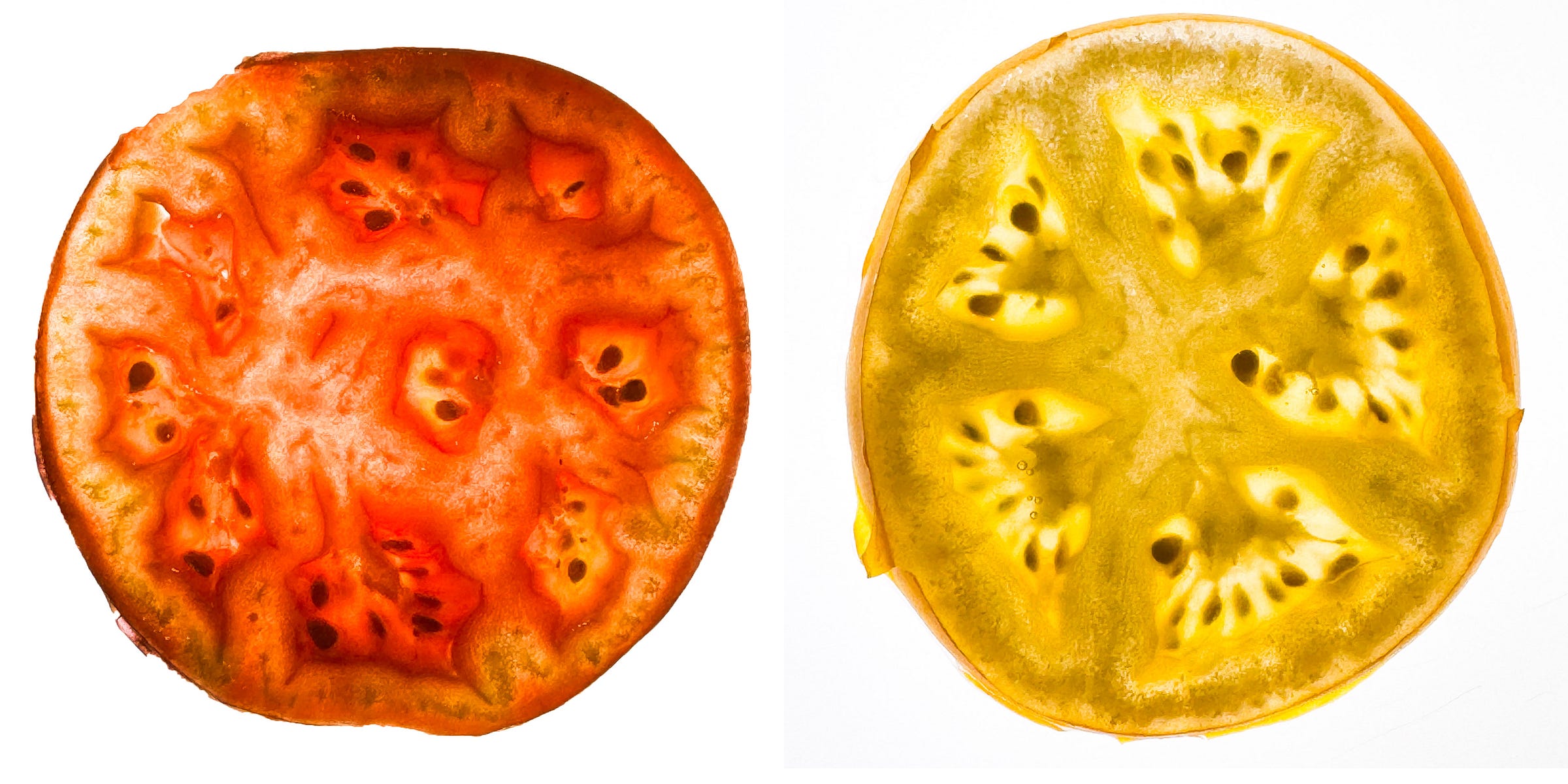EMWTTSFM - Soon With Grafted Tomatoes. The Cotton Candy Grape Report.
Cotton Candy Grapes And Fresh Tomatoes
A reader stopped me last week, asking about Cotton Candy grapes. “Gary,” she said, “you write The Grape Report. Tell me the truth, are these things fake? Do they inject them with sugar?” It’s a question I get often, and the answer is one of my favorite stories in agriculture.
It’s because I have a personal relationsh…



